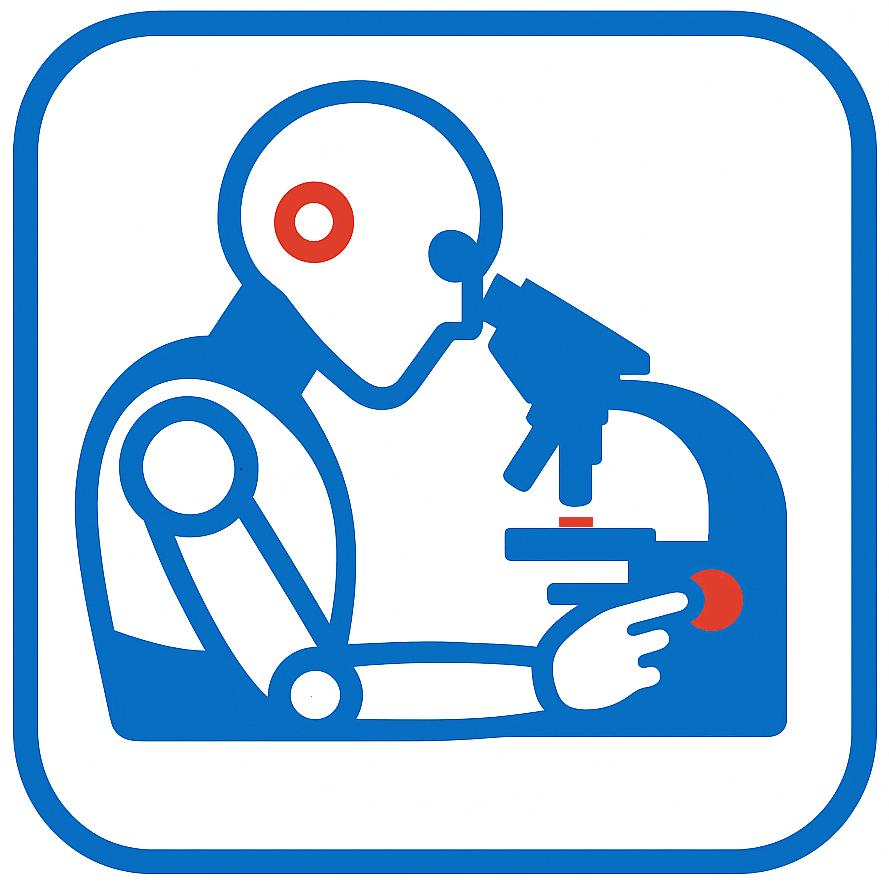

Triglycerides are the main form of fat stored in your body and transported through the bloodstream. After you eat, excess calories are converted into triglycerides and stored for later energy. High triglycerides — known as hypertriglyceridemia — often appear with other lipid changes like high LDL or low HDL, increasing your risk of heart and metabolic disease.
Is a triglyceride level of 300 considered high?
Yes. A level around 300 mg/dL falls in the “high” category and increases cardiovascular risk. Levels above 500 mg/dL can also raise the risk of pancreatitis and need prompt medical attention.
Can high triglycerides go back to normal?
Often, yes. Many people see significant improvement by reducing sugar and refined carbs, limiting alcohol, being more active, and improving blood sugar control. Some individuals may require medication or omega-3 supplements depending on overall risk.
When should I worry about high triglycerides?
High triglycerides are more concerning when they persist above 200 mg/dL, continue to rise, or exceed 500 mg/dL. These patterns can indicate metabolic imbalance or raise the risk of pancreatitis and should be reviewed with your clinician.
⬐ Get Instant Lab Report Interpretation ⬎